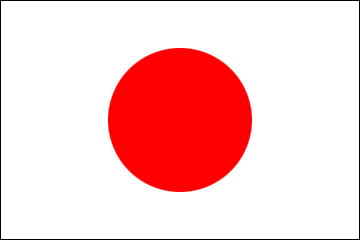Jet Programme Series: Hiroshima - Tragic but Hopeful Tales of World War II - Eden Aqui
2025/8/6
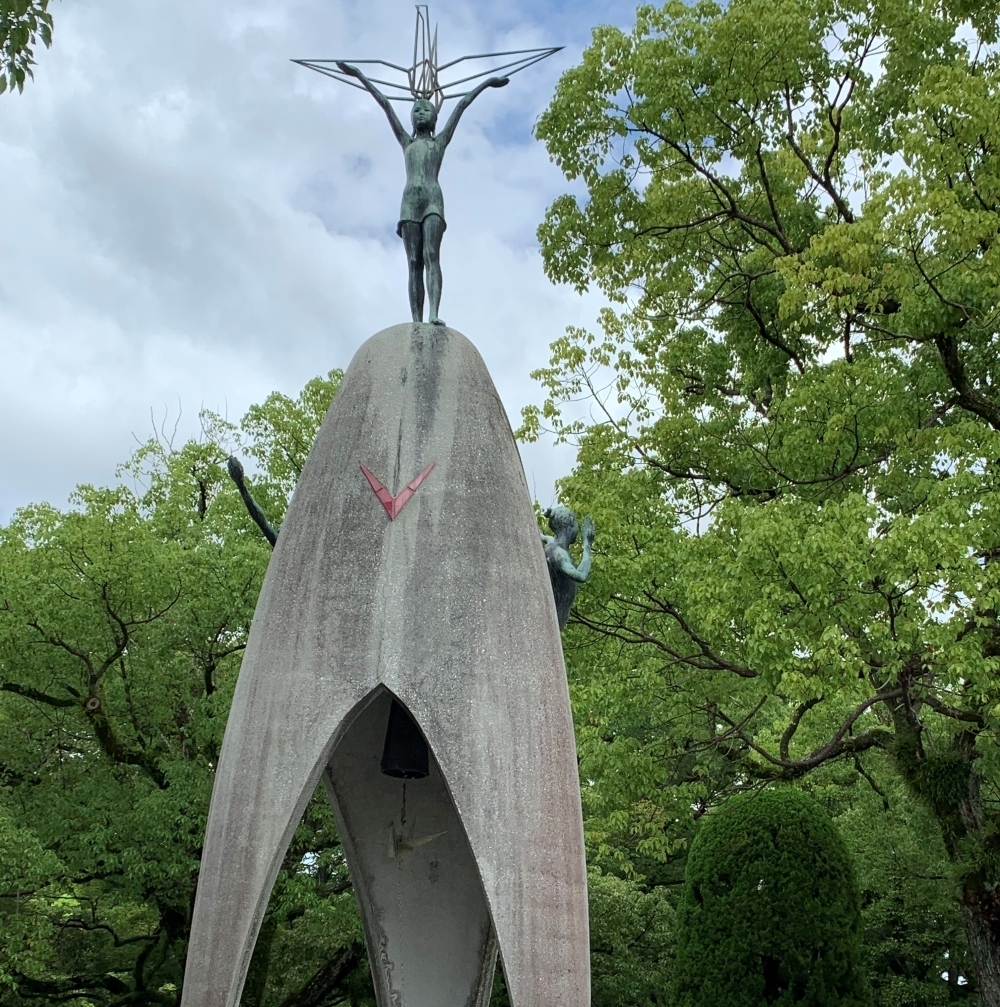 Children’s Peace Monument commemorating Sadako Sasaki and the thousands of child victims of the atomic bomb – Hiroshima Peace Memorial Park
Children’s Peace Monument commemorating Sadako Sasaki and the thousands of child victims of the atomic bomb – Hiroshima Peace Memorial Park
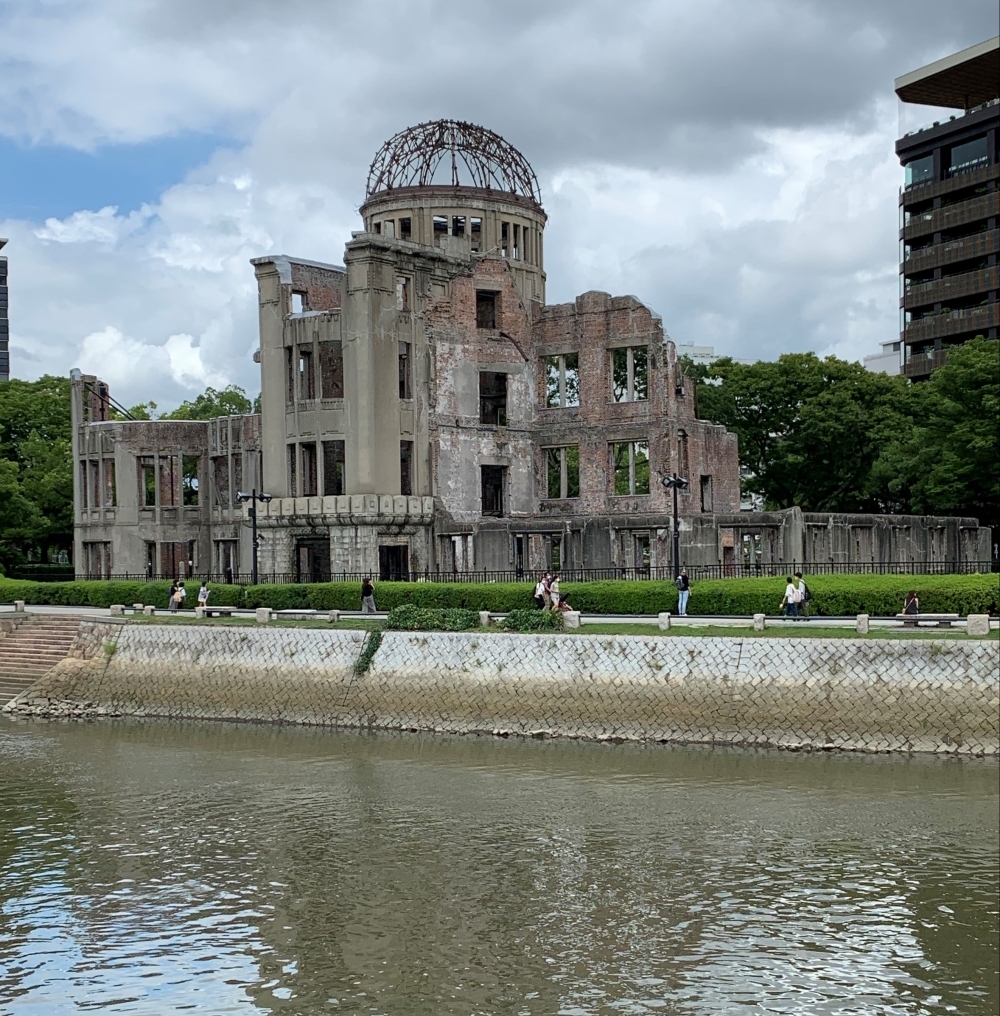 Atomic Dome (Genbaku Dome) – Hiroshima Peace Memorial Park
Atomic Dome (Genbaku Dome) – Hiroshima Peace Memorial Park
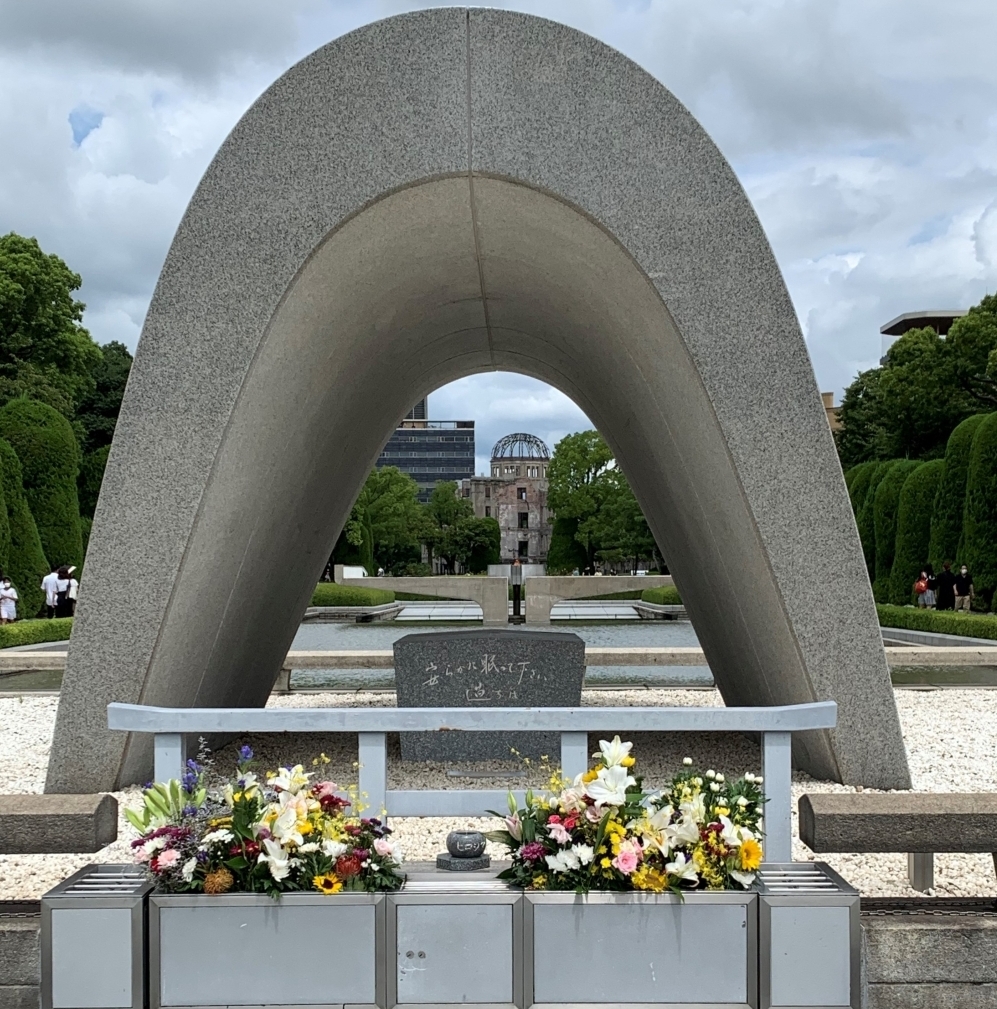 The Memorial Cenotaph - Hiroshima Peace Memorial Park
The Memorial Cenotaph - Hiroshima Peace Memorial Park
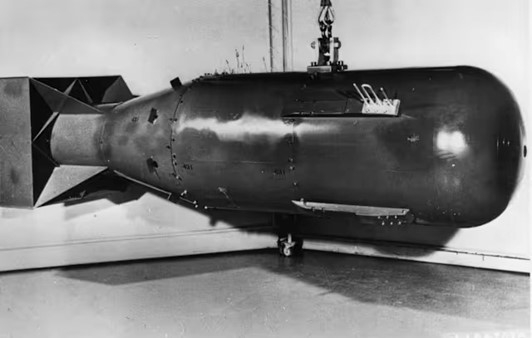 A view of the atomic bomb, codenamed “Little Boy” (2).
A view of the atomic bomb, codenamed “Little Boy” (2).
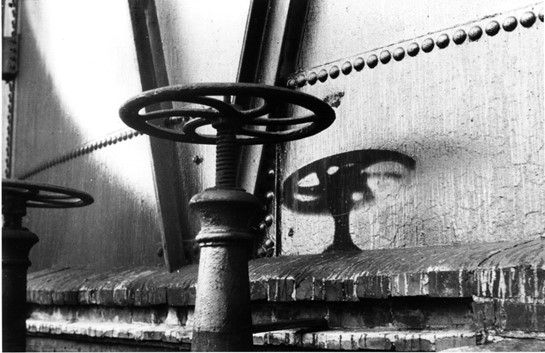 Shadow of hands on a gas tank, taken October 15, 1945 2,000m from the hypocenter (4).
Shadow of hands on a gas tank, taken October 15, 1945 2,000m from the hypocenter (4).
This article was written by Ms. Eden Aqui, a current participant on the JET Programme in Hiroshima from Trinidad & Tobago. On this solemn day August 6th, the anniversary of the atomic bombing of Hiroshima, Ms. Aqui felt compelled to shed light on the historical significance of this moment and to share the voices of those continuing to advocate for peace in its aftermath. In particular, she introduces one of her former students, Ms. Mei Kobayashi, a young peace activist who has dedicated herself to ensuring the lessons of the past are never forgotten. Through her experiences and efforts, Ms. Kobayashi embodies the resilient spirit of Hiroshima and offers hope for a more peaceful future.
The aerial bombing killed an estimated 90,000 to 166,000 people in the first 4 months, half of the deaths occurring on the same day and 90% of casualties being civilians (1). This, and the larger, subsequent atomic bomb dropped on Nagasaki, prompted Japan’s Emperor to announce his country’s unconditional surrender on August 15, ending the almost 6-year war (2). For years afterwards however, many people would continue to suffer and die from burns and a myriad of sicknesses.
The approximately 650,000 survivors of both bombings were called, "hibakusha" and were greatly ostracized for fear of their now morphed physical features and suspected radiation illnesses. They only gained a voice in 1956 when they formed the “Nihon Hidankyo”, which strove to promote equal rights for all hibakusha and to ensure that no one ever had to suffer the same fate. Through the passionate telling of their stories and enduring grit, they were awarded the Nobel Peace Prize in 2024 (5).
“The Atomic Bomb Dome” also tells a grim tale of the horrors of nuclear warfare. Once the Industrial Promotion Hall, it was 160m southeast of the explosion, where it was engulfed in flames, with everyone inside immediately perishing, yet miraculously the outer wall and steel dome remained intact. Despite the difficulty of preservation, influenced by the heartbreaking stories around it, the people of Hiroshima decided to maintain it as a tragic reminder of the immense suffering of war and our ongoing struggle to abolish nuclear weapons for world peace. In 1996, it became a World Heritage Site and now 80 years later, it still carries on the message of those affected by the war (6).
To this day, people continue to debate the ramifications of this act, supporters claiming the bombing was necessary to bring the war to an end whilst minimizing deaths, critics claiming that the bombing was an unnecessary war crime, raising ethical and moral quandaries (1). But it is not all tragedy, the people of Hiroshima are resilient and unyielding. In place of the once busiest commercial and residential district wiped away by the explosion, they have built the “Hiroshima Peace Memorial Park”. This park, with the Atomic Bomb Dome as its central cenotaph, attracts millions of tourists annually and is a pensive yet serene place to visit (7).
Remembering Hiroshima — The Background and Consequences of August 6, 1945
During the Armageddon of World War II, the Allies’ “Manhattan Project” produced an atomic bomb named "Little Boy", an enriched uranium gun-type fission weapon. The U.S army then greenlit it to be used on one of four Japanese cities, chosen for their military prowess and large urban sprawl. At 8:15am, on August 6th 1945, in unprecedented history, the United States dropped this atomic bomb over the city of Hiroshima (1). It exploded 2,000 feet above the city in a blast equal to around 15,000 tons of TNT, destroying 5 square miles of the city (2) and burning and obliterating 70% of all buildings (3). Fierce temperatures near the hypocenter reached almost 4,000°C, burning human skin as far as 3.5km away. Within 1.2km, people directly exposed were instantly killed, being burned straight through their skin and into the tissues below (4).The aerial bombing killed an estimated 90,000 to 166,000 people in the first 4 months, half of the deaths occurring on the same day and 90% of casualties being civilians (1). This, and the larger, subsequent atomic bomb dropped on Nagasaki, prompted Japan’s Emperor to announce his country’s unconditional surrender on August 15, ending the almost 6-year war (2). For years afterwards however, many people would continue to suffer and die from burns and a myriad of sicknesses.
The approximately 650,000 survivors of both bombings were called, "hibakusha" and were greatly ostracized for fear of their now morphed physical features and suspected radiation illnesses. They only gained a voice in 1956 when they formed the “Nihon Hidankyo”, which strove to promote equal rights for all hibakusha and to ensure that no one ever had to suffer the same fate. Through the passionate telling of their stories and enduring grit, they were awarded the Nobel Peace Prize in 2024 (5).
“The Atomic Bomb Dome” also tells a grim tale of the horrors of nuclear warfare. Once the Industrial Promotion Hall, it was 160m southeast of the explosion, where it was engulfed in flames, with everyone inside immediately perishing, yet miraculously the outer wall and steel dome remained intact. Despite the difficulty of preservation, influenced by the heartbreaking stories around it, the people of Hiroshima decided to maintain it as a tragic reminder of the immense suffering of war and our ongoing struggle to abolish nuclear weapons for world peace. In 1996, it became a World Heritage Site and now 80 years later, it still carries on the message of those affected by the war (6).
To this day, people continue to debate the ramifications of this act, supporters claiming the bombing was necessary to bring the war to an end whilst minimizing deaths, critics claiming that the bombing was an unnecessary war crime, raising ethical and moral quandaries (1). But it is not all tragedy, the people of Hiroshima are resilient and unyielding. In place of the once busiest commercial and residential district wiped away by the explosion, they have built the “Hiroshima Peace Memorial Park”. This park, with the Atomic Bomb Dome as its central cenotaph, attracts millions of tourists annually and is a pensive yet serene place to visit (7).
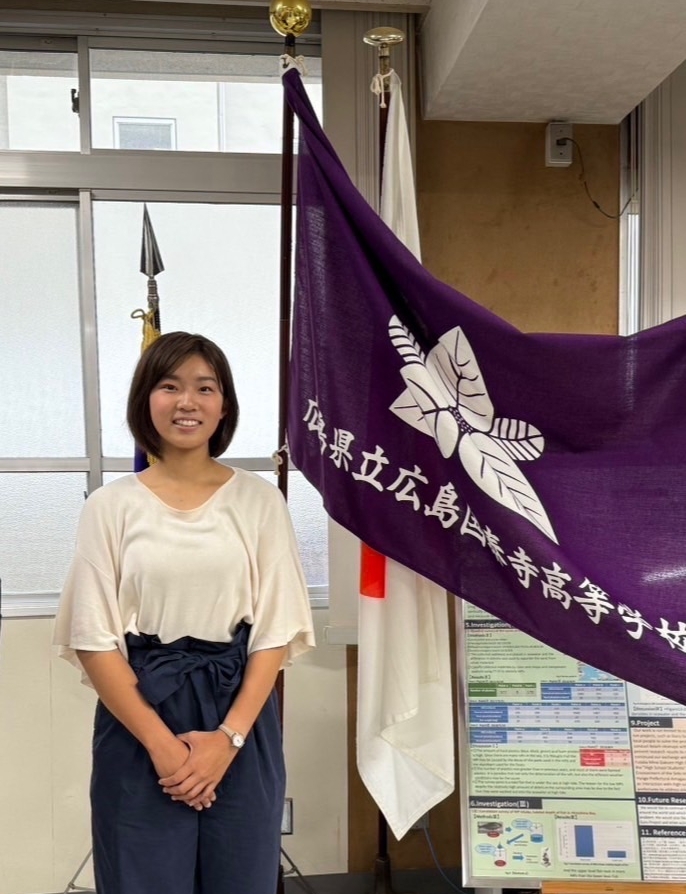 Ms. Mei Kobayashi with Kokutaiji High School flag
Ms. Mei Kobayashi with Kokutaiji High School flag
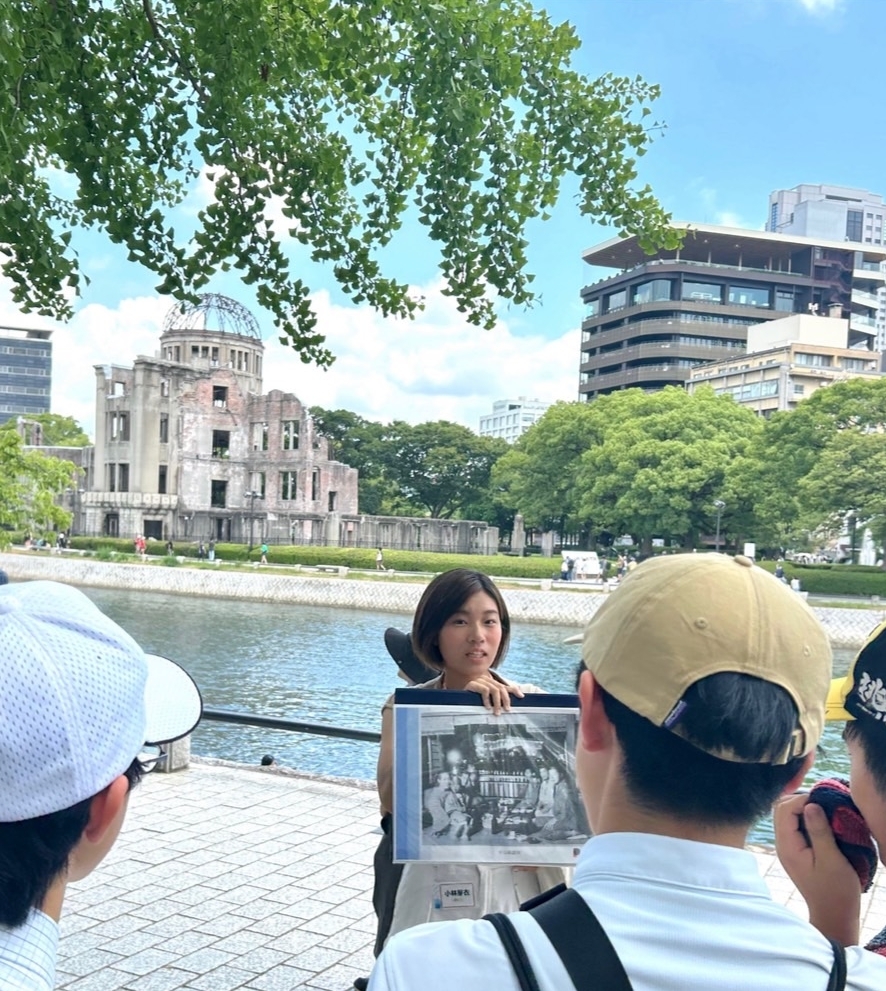 Ms. Mei Kobayashi volunteering as a Peace Tour Guide
Ms. Mei Kobayashi volunteering as a Peace Tour Guide
A Voice for Peace: Ms. Mei Kobayashi’s Mission to Carry the Torch
Resultantly, striving for peace has become intertwined in Hiroshima’s ethos, where students are taught to ponder upon this message deeply. Showcased on Japan’s national broadcasting network (NHK), one of my past Hiroshima Kokutaiji high school students, Mei Kobayashi, age 18, shared her mission to actualize peace with me.Growing up in Hatsukaichi City, far from the hypocenter, there were no buildings to convey the horror of the A-bombing and peace education was scarce. Conversely, children in Hiroshima City were well informed, and every year on August 6th, the day of the bombing, they would go to school to pray; an experience she never had. However, upon entering Kokutaiji High School, located 1.2 km from the hypocenter, where 369 students and teachers were killed from the explosion, she got to attend memorial services held yearly in July. These services honor the victims and allow bereaved families to tell their stories. This was a very new experience for her, so she listened attentively, however, there were a few students who fell asleep. She was horrified to see these moments when the memories of the A-bombing faded away. She later asked her peers why they fell asleep, and they said being raised in Hiroshima City, they heard similar stories so many times that they became bored. She thought, like herself, not knowing a lot is a problem, but simultaneously, neither is it good to become bored from an abundance of peace education. She then became motivated to learn about the bombing and peace in order to change this problem of excess and shortage.
So inspired, for her three years in high school, she participated in an activity called the “Chugoku Shimbun Junior Writer”, sponsored by a local newspaper. Along with 30 other students, she conducted interviews and wrote articles. She garnered a wealth of knowledge, but worried that only interested students took part. She wanted more people, who may not be so interested, to be enlightened. So, in an avant-garde style, she planned peace classes which connected her school to another in Fukushima prefecture online. Furthermore, she got other Hiroshima high school students to research and make presentations about the A-bombing. Through this approach, students engaged proactively, rather than being bored from passive listening. She even planned a study session, where a “hibakusha” came to speak about his experiences. It is her hope to continue hosting similar projects forever.
Given the opportunity to convey her feelings, she said the A-bomb was dropped 80 years ago, but this problem is not a thing of the past. She was struck by a hibakusha’s words, “Hibakusha hold the atomic bomb with us until we die.” People who were exposed to large amounts of radiation are still suffering from cancer, and live every day in fear of diseases developing from their nuclear exposure. There are even many people who live with the guilt of surviving! Yet despairingly, there are still 12,000 nuclear weapons in the world today, with the potential to repeat this atrocity.
But we must prevail and we must move forward, her motto is “Never let the deaths of those who sacrificed their lives here be in vain. We cannot bring back the lives that were taken, but we can learn from their deaths, the inhumanity of nuclear war and strive to prevent a third nuclear weapon from being dropped on the heads of our citizens”. In upholding this belief, she can make a small offering to the victims. So, she will keep this motto in her heart, and in university and beyond, will continue her pursuit of a more peaceful world. It is both my hope and hers, that we can now pass on our baton for peace to you.
 Thousands of cranes made by students in the hope that such a disaster will never happen again – Hiroshima Peace Memorial Park
Thousands of cranes made by students in the hope that such a disaster will never happen again – Hiroshima Peace Memorial Park
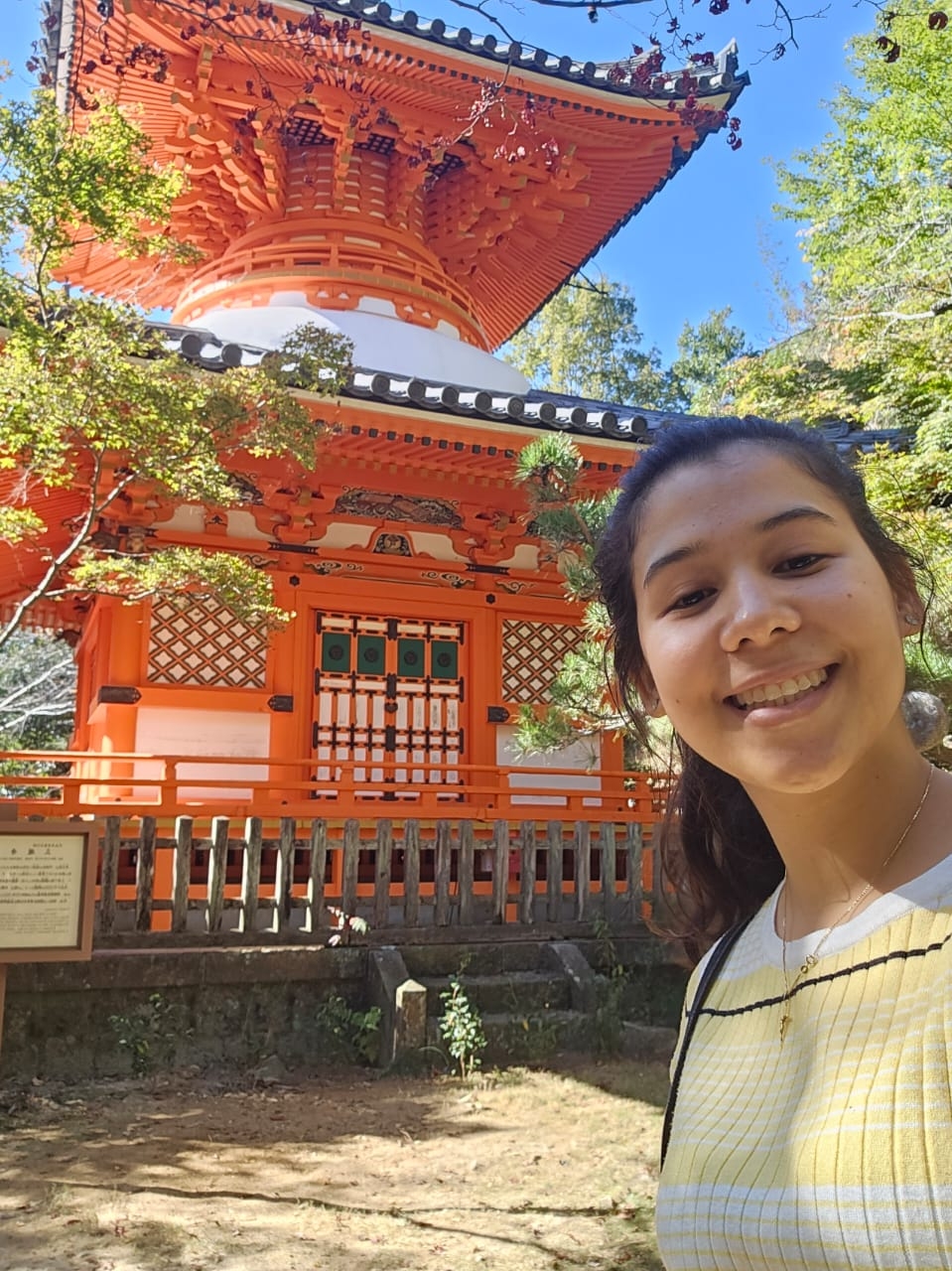 Ms. Eden Aqui, T&T JET in Hiroshima
Ms. Eden Aqui, T&T JET in Hiroshima
Jet Programme Series: Hiroshima - Tragic but Hopeful Tales of World War II - Eden Aqui (Embassy of Japan's Facebook)
References(1) Wikipedia contributors. (2025, March 21). Atomic bombings of Hiroshima and Nagasaki.
Wikipedia. https://en.wikipedia.org/wiki/Atomic_bombings_of_Hiroshima_and_Nagasaki
(2) History.com Editors. (2009, November 18). Bombing of Hiroshima and Nagasaki. History
Channel. https://www.history.com/articles/bombing-of-hiroshima-and-nagasaki
(3) ICAN 2017 Nobel Peace Prize. (2019). Hiroshima and Nagasaki bombings. International Campaign to Abolish Nuclear Weapons (ICAN).
https://www.icanw.org/hiroshima_and_nagasaki_bombings
(4) Museum H. P. M. (n.d.). Hiroshima Peace Memorial Museum | heat. Hiroshima Peace Memorial Museum.
https://hpmmuseum.jp/modules/exhibition/index.php?action=ItemView&item_id=59&lang=eng
(5) Nobel Peace Prize 2024. (2024). Nihon Hidankyo Facts. NobelPrize.org.
https://www.nobelprize.org/prizes/peace/2024/nihon-hidankyo/facts/
(6) The Official Guide to Hiroshima, Dive! Hiroshima. (2023, March 28). About the atomic bomb dome. The Official Guide to Hiroshima - Travel and Tour Information.
https://dive-hiroshima.com/en/feature/world_heritage-about_a_bomb_dome/
(7) Wikipedia contributors. (2025, February 18). Hiroshima Peace Memorial Park. Wikipedia.
https://en.wikipedia.org/wiki/Hiroshima_Peace_Memorial_Park
